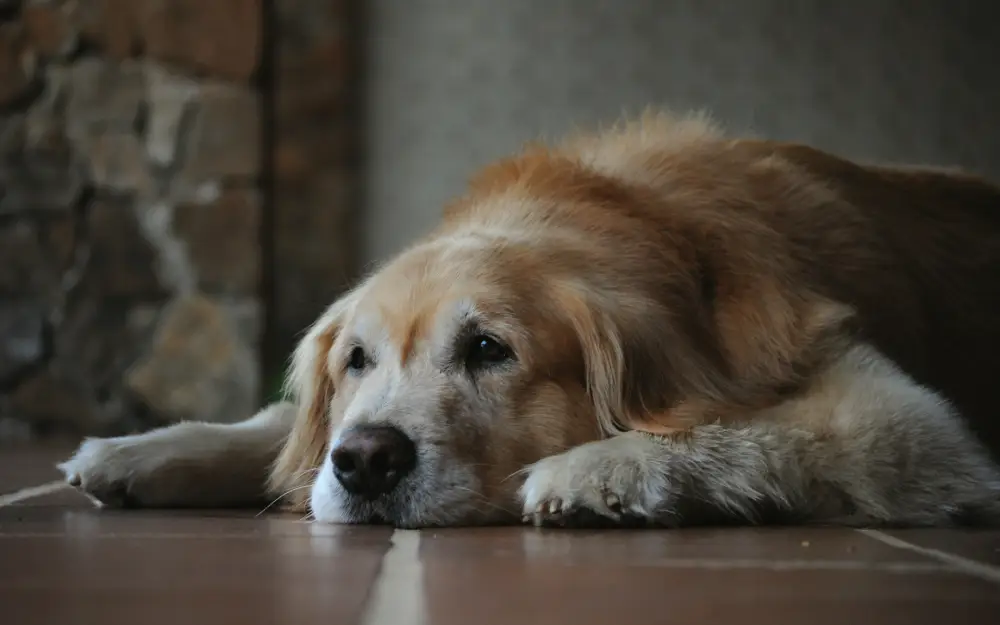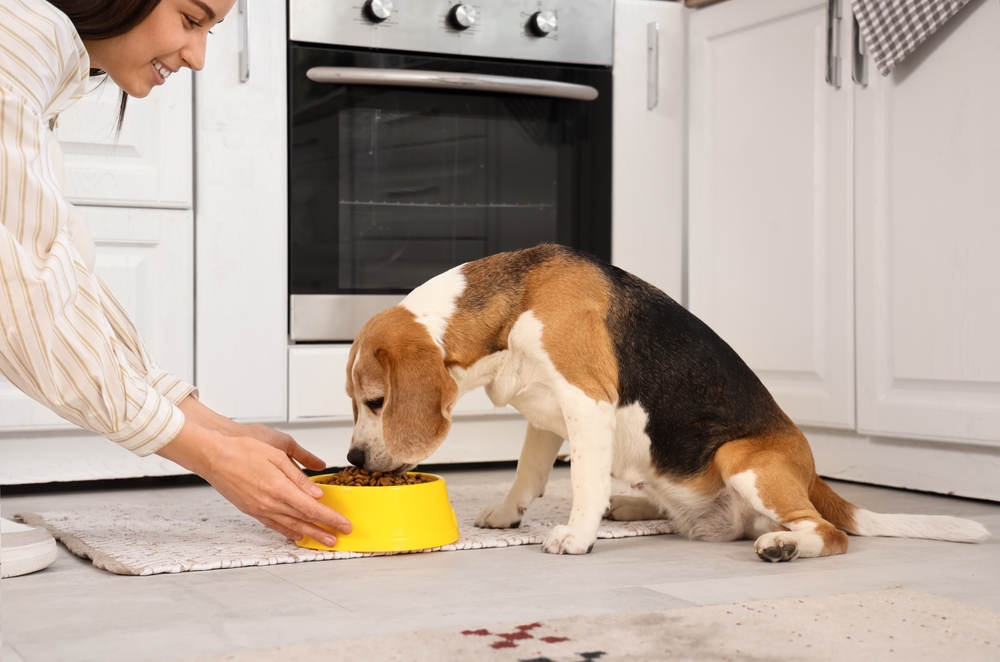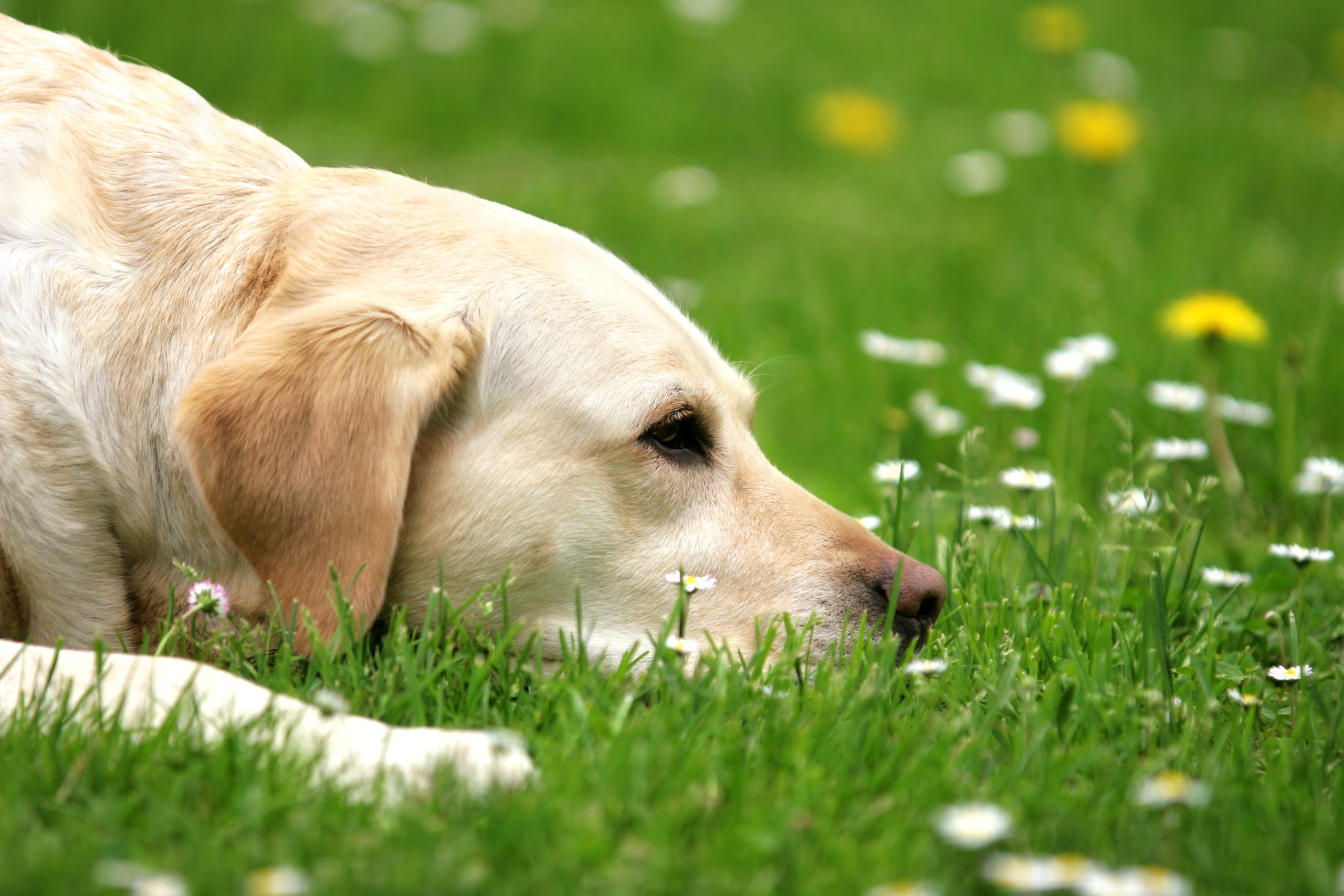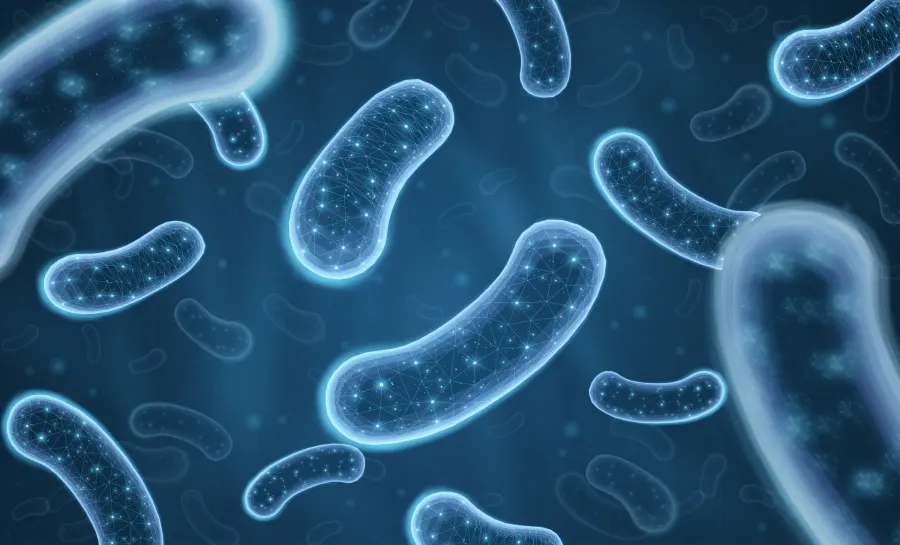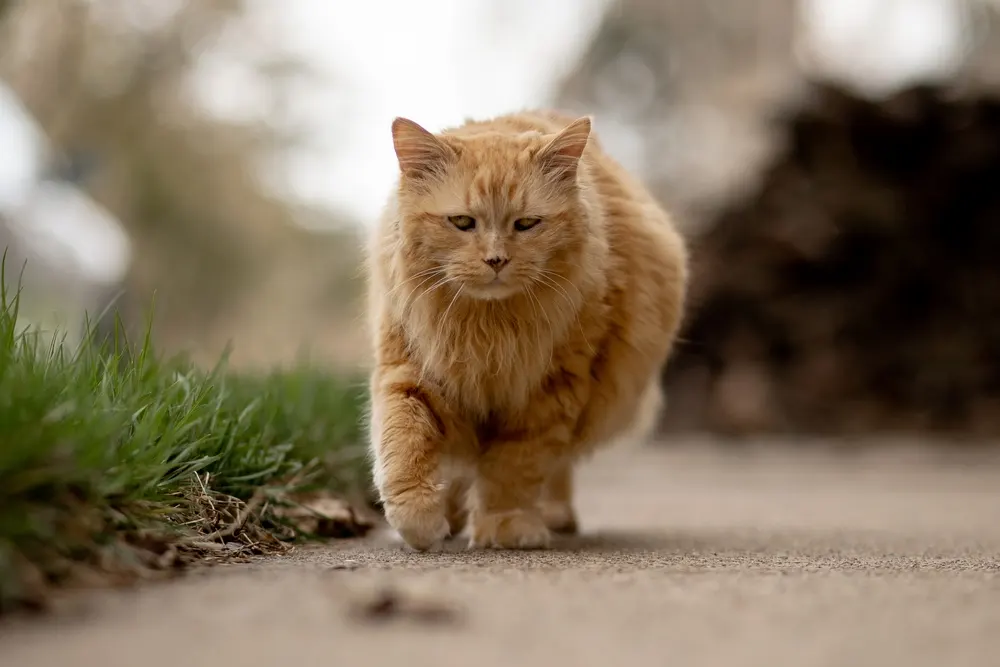
Hairballs in cats
April 19th 2022
What are hairballs?
Hairballs, furballs or trichobezoars to use the technical term are sausage-shaped clumps of fur, gastric juice and bits of food that the cat vomits (usually onto your favourite rug). The fur is a result of the cat swallowing fur after grooming itself or a fellow feline.
Cats can make a big deal about vomiting hairballs with a lot of retching and that disturbing ‘I’m about to be sick’ howl we’re all familiar with, but occasional hairballs are perfectly normal and nothing for owners to worry about.
Why do some cats suffer more from hairballs?
Cats that overgroom themselves due to either anxiety and stress or a skin condition may ingest more fur than normal, these cats as well as longer haired breeds are more susceptible to suffer from hair balls.
When to seek veterinary advice
If hairballs become a regular occurrence (more than once a week) then you should seek veterinary attention as there is likely to be an underlying cause.
Occasionally, instead of vomiting up the hairball or passing small amounts out in the faeces, the clump of hair becomes lodged in the digestive system causing an obstruction. If this happens you may notice your cat goes off their food, is not producing stools or is vomiting – or trying to vomit but it is unproductive. If your cat displays of these signs, you should contact your vet as soon as possible.
How to prevent hairballs
It’s difficult to completely eliminate hairballs, but there are things you can do to try and reduce them.
· Regularly brushing your cat is important, especially when they are moulting. By brushing them you will be removing loose hair that they would otherwise ingest when grooming themselves.
· A good diet can help keep the coat in tip-top condition. A complete food, with high levels of animal protein and omega fatty acids can reduce fur loss.
· For cats prone to hairballs feeding a diet high in fibre, or adding a fibre supplement can help. The dietary fibre helps to push the hair through the digestive system and out in the faeces, preventing obstructions.
· Finally, if the above advice does not help lubricants to help the fur pass through the digestive system can help. Hairball pastes can be used, or your vet may recommend specific medication for this.
If you would like any information or advice on a diet to support a healthy skin and coat, please get in touch: nutrition@vetskitchen.co.uk or 01793 887555.

 Shop Dog
Shop Dog
 Shop Cat
Shop Cat
 Vet Know-how
Vet Know-how Contact
Contact